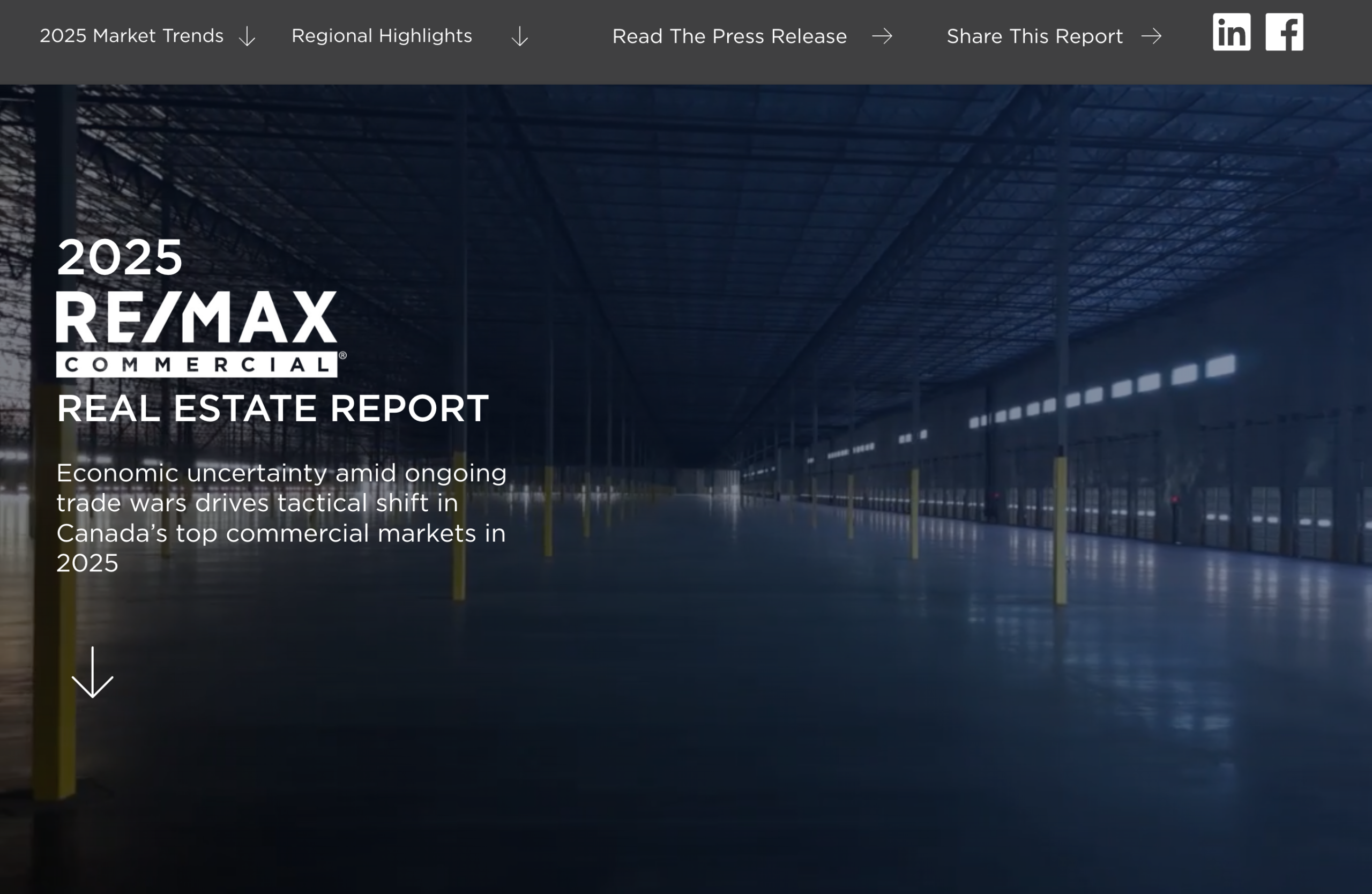The Winnipeg commercial real estate market continues to gain traction, buoyed by sustained population growth and a renewed sense of energy across the city’s industrial, multi-family and retail sectors. Over the past two years, the city’s expanding population has sparked a level of activity not seen in recent memory, placing mounting pressure on available inventory and pushing both prices and competition higher.
Industrial and multi-family out front
At the forefront is the industrial sector, which remains the city’s strongest performer. With vacancy rates amongst the lowest in the country at just under three per cent, demand for industrial space has intensified. Owner-occupiers represent the lion’s share of activity, vying for prime space in business parks throughout the city and, to a lesser extent, its outskirts. Multiple offers are increasingly common in key submarkets, and leasing activity has accelerated, leading to steady year-over-year increases in lease rates. Although new industrial development is underway, the pace has slowed from year-ago levels. Supply of newer product is quickly absorbed, and recent transactions are reflecting moderately higher cap rates. Investment is prevalent, as demonstrated by the completion of a $25-million acquisition by Crestpoint Real Estate Investments Ltd. involving four industrial properties in Winnipeg’s northwest quadrant in April, further underscoring continued investor confidence.
Closely following the industrial sector is the multi-family asset class, which has seen a resurgence in demand, particularly for purpose-built rentals. The trend is being driven by a diverse demographic, including younger renters, students, seniors and new Canadians, all of whom are contributing to increased pressure on the rental market.

Proximity to educational institutions and access to waterfront are emerging as key preferences among prospective tenants. Both local and out-of-province investors have been exceptionally active in the city, quickly acquiring high-quality assets. To illustrate, NexLiving Communities’ acquisition of a 50 per cent stake in a portfolio comprised of 169-suites across eight multi-residential apartments in May is a case in point. The remaining interest is held by Halifax-based VIDA, who will serve as property manager. Additionally, innovative partnerships with local non-profits have driven some new activity and enabled the introduction of creative offering such as lease-to-own programs, giving renters a pathway to ownership and contributing to social housing solutions.
The federal government’s Housing Accelerator Fund has made new construction more viable by providing qualified developers with low-interest financing and extended amortization terms. The potential re-introduction of the Multiple Unit Residential Building (MURB) tax credit, as proposed in the federal Liberal election platform, could also provide significant incentives for further development in Winnipeg.
Retail diverges; nodes thrive, malls struggle
While industrial and multi-family real estate continue to thrive, the retail landscape presents a more nuanced picture. E-commerce has reshaped consumer habits, yet several neighbourhood retail nodes have remained resilient, including the Forks Market, Osborne Village, the Exchange District and West Broadway continue to be robust and offer unique shopping and dining experiences that draw both residents and visitors. New restaurants continue to open in these areas, and established venues are investing in renovations to maintain competitiveness. Newcomers have had a presence in the city’s commercial market as well, buying up existing businesses to become owner-operators and, in the process, extending the city’s mix of services, cuisine and cultural offerings. Investor interest remains high for well-anchored retail shopping plazas in the city’s southwest and eastern retail corridors, though available inventory remains limited.
In contrast, larger regional shopping centres face greater headwinds. CF Polo Park, for example, is working toward broadening the tenant mix and repurposing existing space, but replacing legacy retailers such as the Hudson’s Bay Company will prove challenging.
The office sector, meanwhile, lags other asset classes, with downtown vacancy rates remaining elevated. Although availability rates have improved marginally year over year at 15.2 per cent, vacant space remains widespread across Class A, B, and C buildings. Office conversions have occurred in the downtown core with the most notable makeover occurring to date at the Medical Arts Building. Suburban office space continues to be the outlier, benefitting from lower leases rates, ample parking and proximity to residential neighbourhoods—factors that appeal to small businesses adapting to hybrid and remote work models. Suburban vacancies remain significantly lower than those in the downtown core.
Despite the threat of U.S. tariffs, strong economic drivers are expected to fuel solid growth in commercial real estate in the year ahead. The Winnipeg CMA welcomed more than 65,000 new residents between July 2022 and July 2024, boosting the population by almost eight per cent to 940,000, according to Statistics Canada’s Annual demographic estimates, census metropolitan areas, and census agglomerations: Interactive dashboard. The population influx is expected to stimulate continued growth across most sectors, particularly multi-unit residential and new business. A favourable interest rate environment, along with the potential for further rate cuts, should bolster investor confidence and continued momentum across the city’s commercial real estate landscape.







